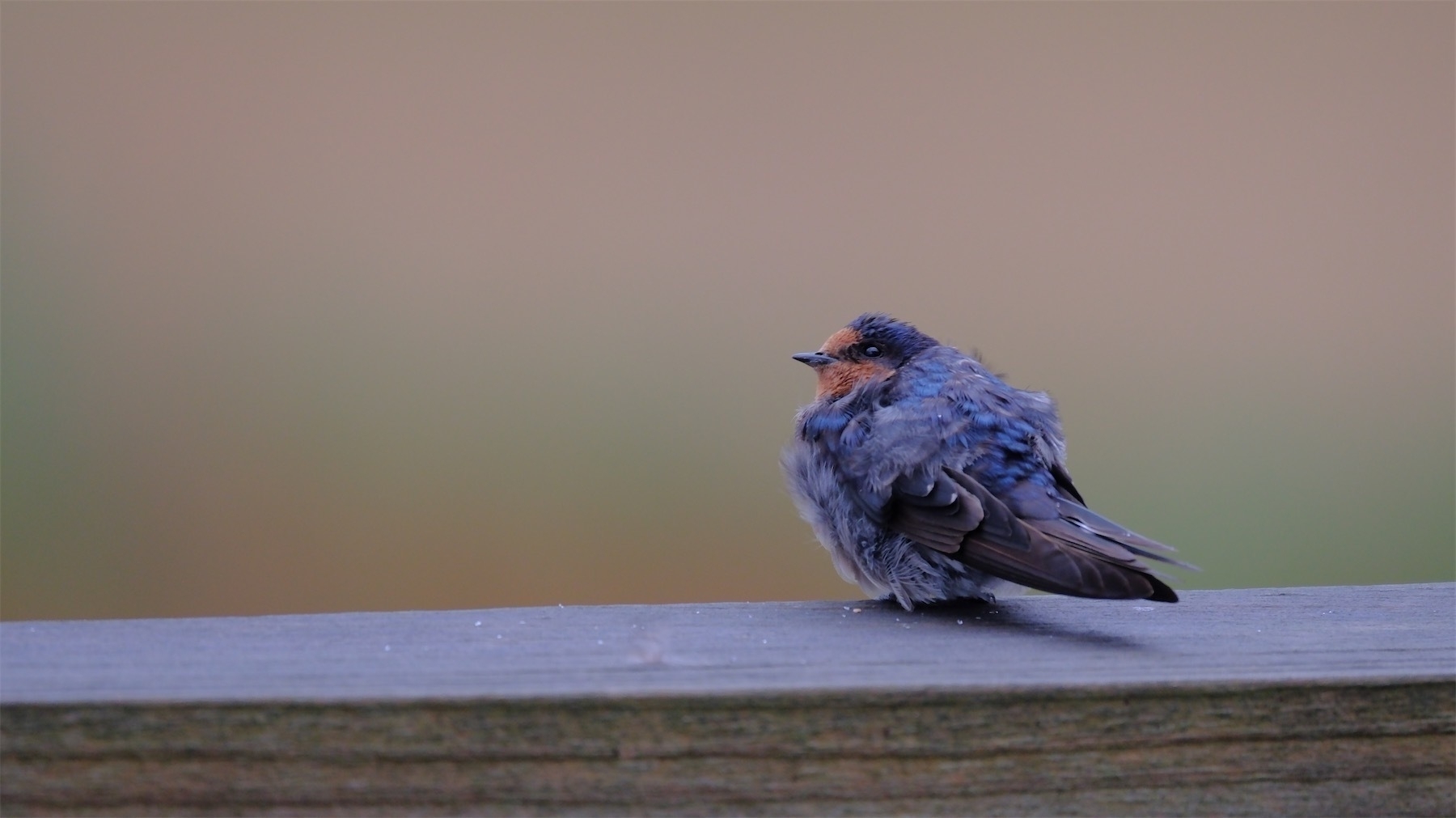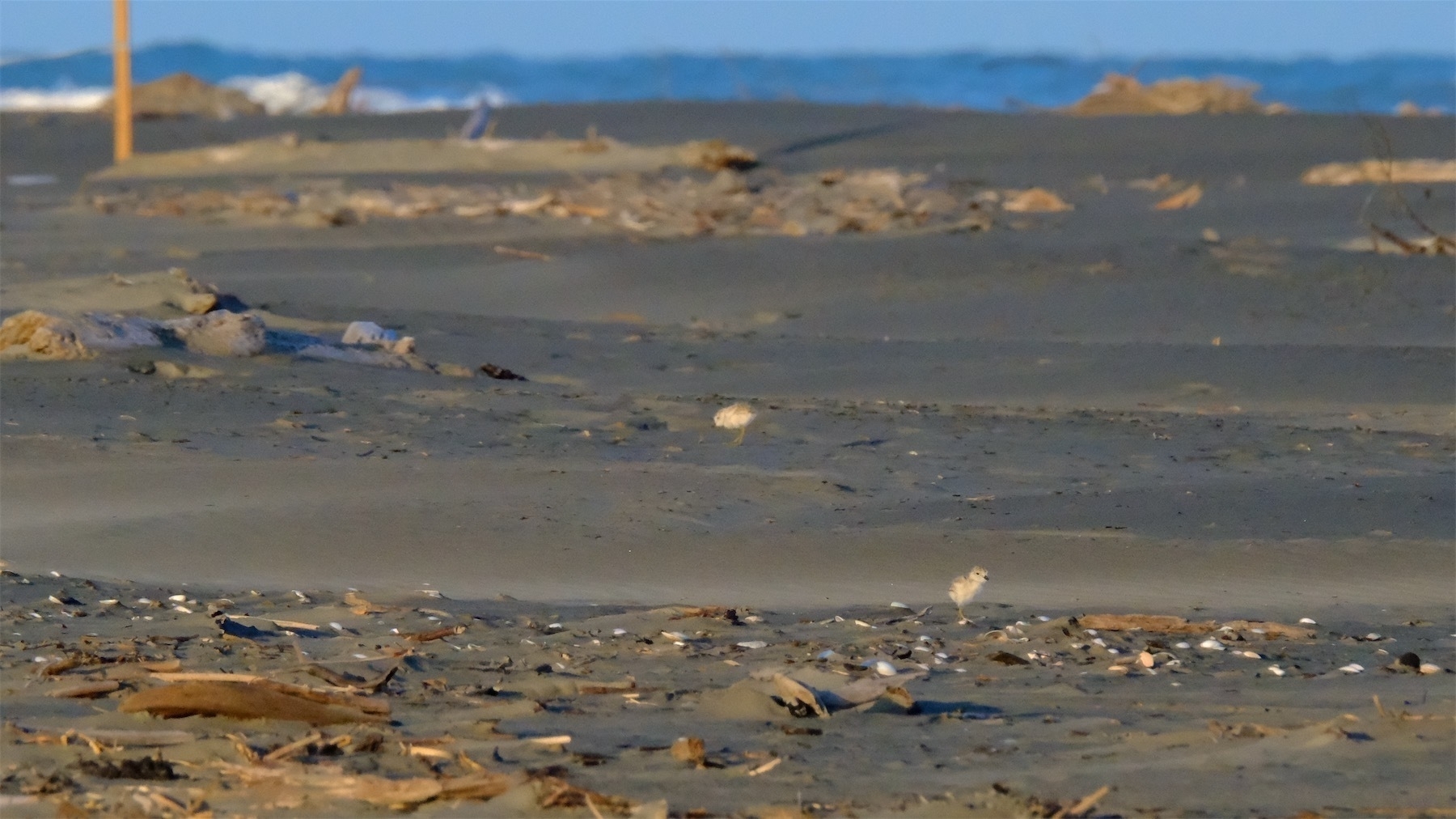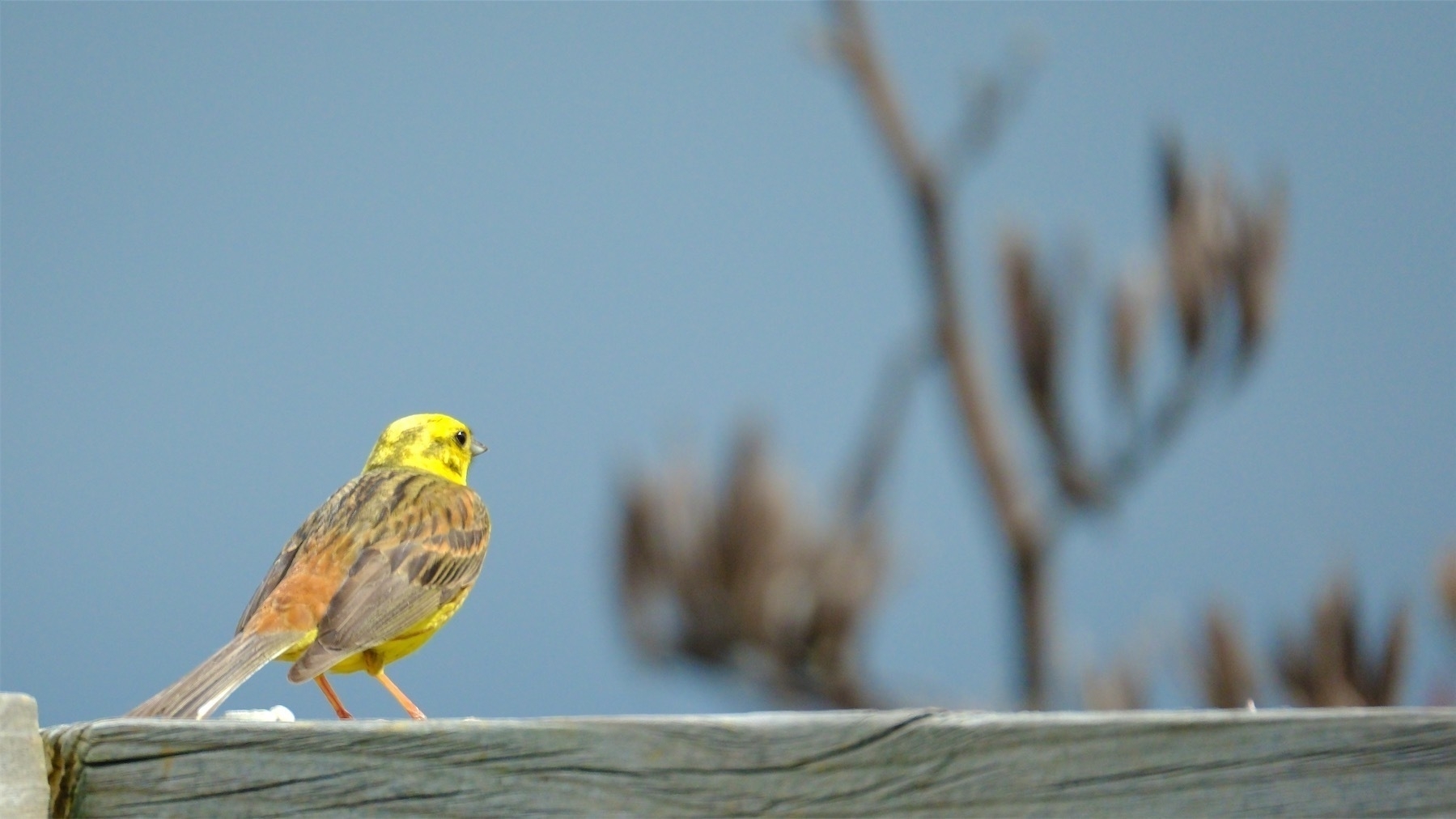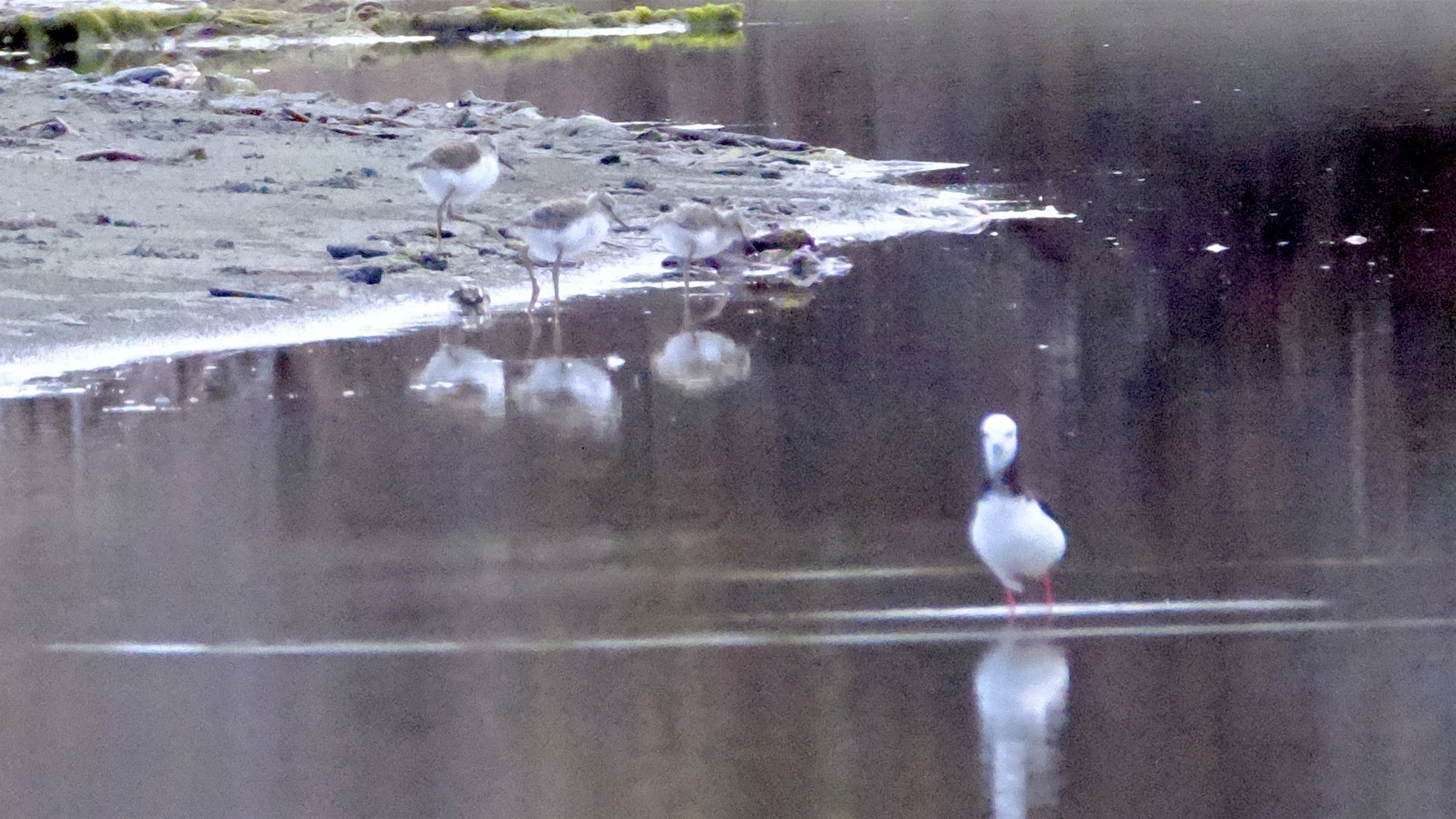-
A few days ago I took this photo of a Pohowera | Banded dotterel. 🐦
There have been too few bird photos on my blog lately.

-
Every day Warou | Welcome swallows come and sit on the railing outside our lounge and watch what I think of as Swallow TV, starring Miraz and Deb. It's lovely! 🐦
Here was one, this morning.

-
DOC 'cautiously optimistic' for New Zealand's rarest bird, the fairy tern | RNZ News 🐦 :
With fewer than 40 tara iti left, every nest, egg, and chick was critical to the survival of the species. …
Tara iti bred at only four locations in New Zealand … [including] the Waipū and Mangawhai sandspits in Northland.
Waipū and Mangawhai are just a few kilometres away from our new home at Ruakākā.

-
The Kuaka | Godwits were resting or feeding near the Terns. 🐦

-
I don't visit the beach quite as much at the moment, but this morning's trip brought Caspian Terns, White-fronted Terns and a Gull hanging out with them. 🐦

-
We had an unexpected visitor this morning when maybe a juvenile Pīwakawaka | Fantail flew into the house but didn't manage to fly out again.
Luckily I caught it in the corner of the kitchen and took it back out into the great outdoors. 🐦

-
It's possible this is one of this year's baby swallows, sitting on our deck railing, having a chat. 🐦

-
Who knows whether they're coming or going? NZ Dotterels on the move. 🐦

-
When I checked the swallow nest above the zendo door all the little warm bodies were gone, but this tiny egg was alone in the nest. 🐦

-
Baby swallow photo, with added baby swallow. 😆 🐦

-
For some reason I don't so often post photos of the Australian coots on the wee lake down the road. Rectifying … 🐦

-
OK, compose the picture of the baby swallow on the zendo roof, carefully and slowly depress the shutt…

Gone! 🐦
-
Thrilled that there were 3 little Tūturiwhatu | New Zealand dotterel chicks hooning round on the beach this morning. This one was watching me carefully. 🐦

-
Not sure about this, but I think the Spur-winged Plovers that hang around the beach have also reared chicks. The one closest to the camera looks smaller than the other two. 🐦

-
You may have to look very closely at these photos to make them out. Above the zendo door is a mud bowl swallow nest. Yesterday when I touched my fingers inside the nest I could feel warm bodies. There was no squeaking though.
The camera angle is tricky, with no room to manoeuvre. Baby swallows. 🐦


-
The Oystercatcher chick is of course getting bigger, and darker, every day. 🐦

-
Can you even see the two almost microscopic Dotterel chicks? 🐦
One is dead-centre, the other diagonally down and to the right. I've left the landscape in to help show just how tiny they are. You can really only spot them when they move.

-
The Oystercatcher chick had strayed further from its parents today. 🐦

-
The corner of the deck railing is the super popular spot for birds this year. This Yellowhammer sang me a nice tune. 🐦

-
I think this is the same Dotterel chick I took a photo of a couple of days ago. Today I spotted its one or two siblings (they move so fast I just wasn't sure if it was 2 chicks or 3). 🐦

-
Look at all that fluff! I think this Barbary Dove was just a youngster. 🐦

-
Three of 5 well-grown Black swan cygnets on lake Puna o te Ora. 🐦

-
This littlie was hopping / fluttering along the beach. 🐦

Research and a bit of guessing led me to believe it is a Kairaka | Eurasian skylark:
A small brown and creamy-buff bird with off-white underparts, streaked breast and throat, variegated brown upperparts, a sturdy horn-coloured bill that is yellow-brown at the base, and pink legs and feet with a long slightly curved hind toe. Adults have a faint mask of pale feathers around and behind the eye, and a small streaked crest on the hind crown that is raised when alert.
-
The Poaka | Pied Stilt babies can only be seen from quite far away. There are 3 here, between their parent and the log. 🐦

Here's a very cropped view.

-
This Tūturiwhatu | New Zealand dotterel parent is keeping a very close eye on me. 🐦

Why? because I was taking photos (at some distance) of its baby.

Miraz Jordan
I love simplicity and silence. I enjoy taking photos of birds, and strive to be an actively decent human being. In late August 2025 I moved from Waikawa Beach to Ruakākā near Whangārei in Aotearoa. 100% human (she / her). Now 70, I'm super happy to be getting old — it means I'm not dead yet! I believe all beings have the right to clean water, nutritious food and adequate shelter, and that humans are simply one small part of the amazing life on this planet that supports us all: humans, animals, plants. I joined the MB community on 05 January 2018. Follow me on Micro.Blog at https://micro.blog/miraz .